I have been obsessing about Leica r glass and the "Leica look" for a while now.
There are a few reasons for this: firstly, as far as stills camera lenses go, Leicas are built very well. You have a large focus throw, the iris is controllable from the lens, which you can always have declicked for smooth iris changes mid shot. Altogether these things make vintage lenses much more practical for shooting video.
There are lots of old "vintage" lenses that have these features though, so why Leica? (I have previously written about lenses with iris control and zoom lenses with iris control including modern and vintage options.)
I was looking for top notch optics, something that would compete in sharpness and definition with modern lenses such as Canon's L series lenses, but that were in solid metal housings with large focus throws and iris control. I was also after something that had a slightly different look from everything else out there.
After looking at loads of photos I narrowed it down to two that I really liked Zeiss and Leica. NB I find it way easier and more enjoyable to look at photos or screen grabs rather than video. Videos take ages to find, most of them aren't particularly well shot, or show off the lenses very well. (that said I put in some serious searching later, and found some amazing videos below)
In the end I decided to go with Leica.
There was something slightly different about a lot of the Leica photos, a soft creaminess to the background that I really liked. Reading on forums it can get a bit heated, people are so into a certain type of lens, but I guess in the end it comes down to a personal preference.
There were a few photos that really stood out to me as having a fantastic look to them. I found these photos on camera forums and the photographers have kindly allowed me to publish them here.
I picked these shots as they all have very simple subject matter, nothing flashy that has been achieved by clever lighting: the beauty in these shots is all down to the lens.

Photographer: Sebboh, San Francisco flickr
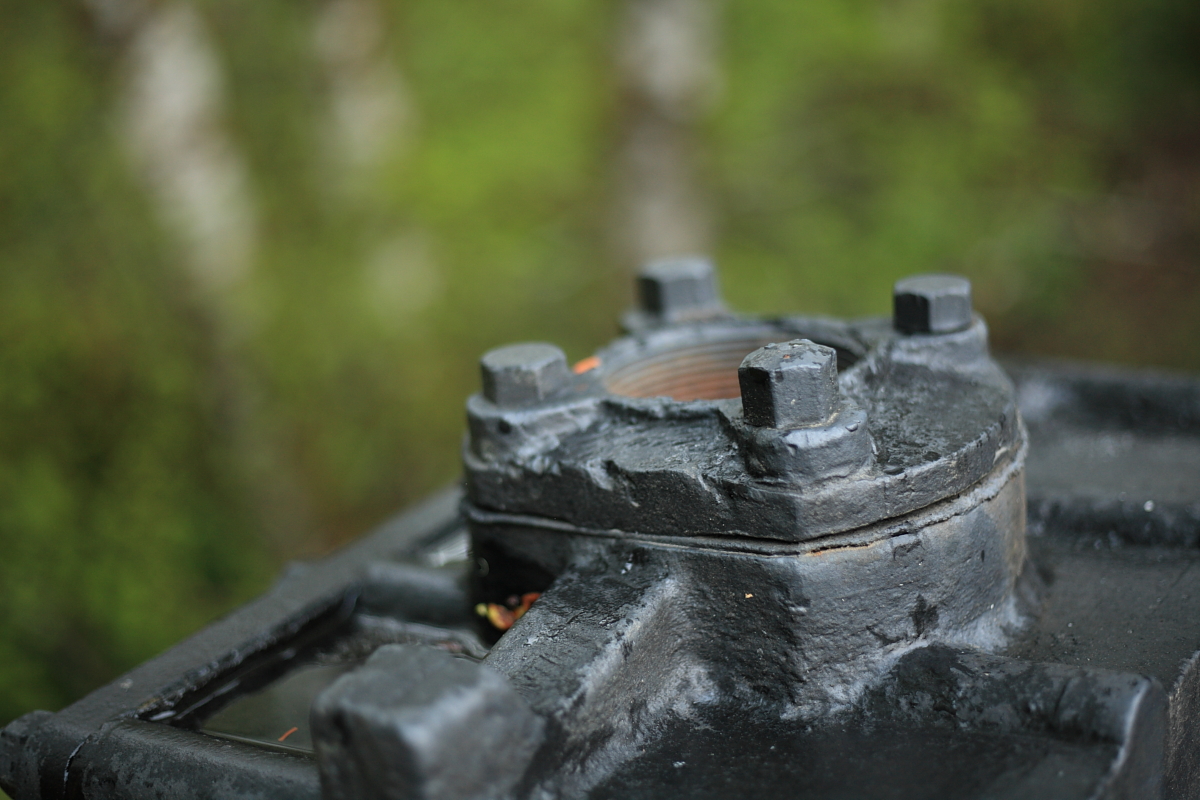
Photographer: Tri Tran

Photographer: Tri Tran
It is hard to say why I like these shots, but I think part of it has something to do with the other worldly quality to the out of focus bokeh. Although the above shots are very simple scenes, they almost look like paintings. Talking about lens coatings or the number of aperture blades and the effect this has on the shape out of focus part of an image, is probably a step to far in lens tech for me, so I'll just stop there, it is enough for me just to say I like it.
Since this is a film and TV blog, not a photography forum, I put in some time and found some fantastic videos showing what you can get with Leica glass.
Here is a Leica R video that really stood out for me as it shows what the glass can do.
There is another video here using the Epic-X with Leica R. I think these lenses really shine when they are opened up and are close focusing so there is lots of out of focus highlights in the background. There is something so magical about these shots and it is so simple, just a few potrait shots, but it really looks beautiful.
{vimeo}33996944{/vimeo}
The video below is shot on the RED Epic MX with Leica Rs and is from Adriaan Kirchner
So many people are out there shooting away on Sonys, REDs, Canons, DSLRs etc often with modern Canon lenses and I am hoping to get a slightly different look from the Leicas in order to break away from the crowd just a little, so we'll see how it goes.
Matthew Dulcos at Dulcos lenses has a lot of good things to say about Leica, as does Shane Hurlbut and these are two guys who know a hell of a lot about glass, so I don't feel like I am going out on a limb here.
So anyway, after much geeky obsessing, I bought my first Leica the Summicron 35mm R f2. I love the field of vision of a 35mm lens on a super 35mm chip, so I thought I'd see how I get on with the Leica, and if I like it, I may well buy a set. (Update, of course I loved it and ended up buying small set of Leica Summicrons)
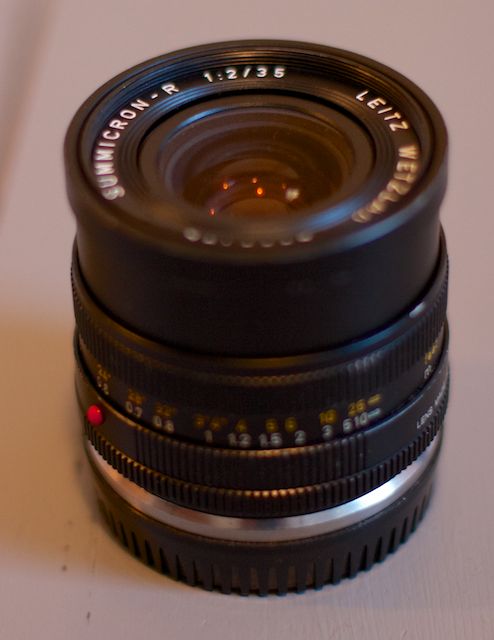
Leica do several different ranges and the names indicate how fast they are. As you would imagine, the faster the lens, the more expensive.
- Noctilux .95f & 1.2f
- Summilux 1.4f
- Summicron 2f
- Sumarit 2.5f
- Elmarit 2.8f
- Elmar 3.5f
I would love to own a 50mm Noctilux, but they don't come in an R mount (only an M), and they are very expensive.
I decided to go with the Summicrons as they give a great image that is very highly rated by many photographers and cinemataographers. I find a rarely open up more than 2.0f, any more than that and it is very tricky to keep anything in focus.
Ken Rockwell describes the 50 Summicron on his blog:
|
"Leica has made the superb LEICA SUMMICRON 50mm f/2 lens in several iterations since 1953. It has always been the reference against which the rest of the world judges lenses." |
Thorsten Overgaard, who has some stunning Leica photography on his site (mainly on the Leica M lenses) has this to say:
"In the 50mm range the worlds best 50mm standard lens, the Leica 50mm Summicron-R f/2.0 (no 11 215) was designed by Dr. Walter Mandler in 1976 and produced untill 2009."
The Leica R lenses can easily be adapted to work on Canon EOS cameras like my C300, so I bought a Leitax adapter. You can pick up adapters for next to nothing on Ebay, often shipped in from China, but I figured there is no point spending out on a decent lens to put on a decent camera, only for a cheap adapter to mess up your focus. Leitax are generally recommended by anyone interested in Leica lenses, they are not the cheapest, in fact they are probably the most expensive, but you are paying for quality from a highly regarded and very knowledgeable manufacturer. The service is great, and I would thoroughly recommend them.
The thickness of the metal adapter is hugely important. A fraction of a mil out and your lens won't focus to infinity or it will push past it. Any loseness in the connection from the camera and lens will obviously create focus issues. These things aren't worth the risk to me, so I reckon its best to go with the Leitax if you can afford too.
As soon as I got the adapter I was keen to try out my lens, firstly on my stills camera, just taking a few snaps. My first impression, I love it. The lens has a decent heft to it, in its all metal housing. I reckon you could probably drop it and little would happen to the lens. The focus throw is very large, if you are used to modern stills lenses, and also very smooth. There is lots I love about the lens, the in-built metal hood means no more messing about screwing plastic lens hoods on when it is sunny. Unlike all my other lenses, this hard stops at infinity, at last, no more missing infinity on a pull focus and then having to back track and re take the shot. Another great feature is the close focusing distance of 30cm or 11.8 inches.
Something that Matthew Duclos mentions on the SALT test is that the image can wobble when pulling focus on a modern stills lens. This isn't something I had noticed or even thought about before, but he has a good point. The reason for this wobble is modern stills lenses are designed primarily for auto focus. This means the barrel has to be very light, so it can easily be moved by the auto focus motors. The lightness and ease of play can cause issues over time with the lens. Older lenses, which don't have auto focus, are much more solid, and don't suffer from this issue. I think for the most part this wobble is so small you can probabaly get away with it, but if you were blowing up something for the cinema screen, you might get caught out. I guess shooting something very tight that was being shown on a massive 60 inch TV screen might also give you a problem. The solution is to pay big bucks for Cine lenses, or just get some vintage still glass.
I had a quick play around taking some pictures on the Leica and then switching over to a modern Canon lens. I am not going to put the photos up here, as it was an incredibly unscientific test, but maybe I'll do something at a later date. There was discernable difference between the lenses. The canon was slightly more vivid and slightly more contrasty, the reds particularly popped out. The Leica had a slightly muted look, less glossy almost. Strangely the Leica seemed to handle the highlights in the skintones slightly better too, but that is probably a bit too much to comment on for such an unscientific test. However, these initial impressions are pretty encouraging and I can't wait to take the lens out on its first job. I am looking forward to playing around with the lens a bit more, so I can test out the bokeh, particularly on the highlights, as this is what got me interested in the first place.
Update. This is a frame grab from my C300 markii with my Leica R 35mm cron. This lens flares like crazy, but I really love it for that. I'll often get rid of the hood and really let this thing flare, as is the shot below.
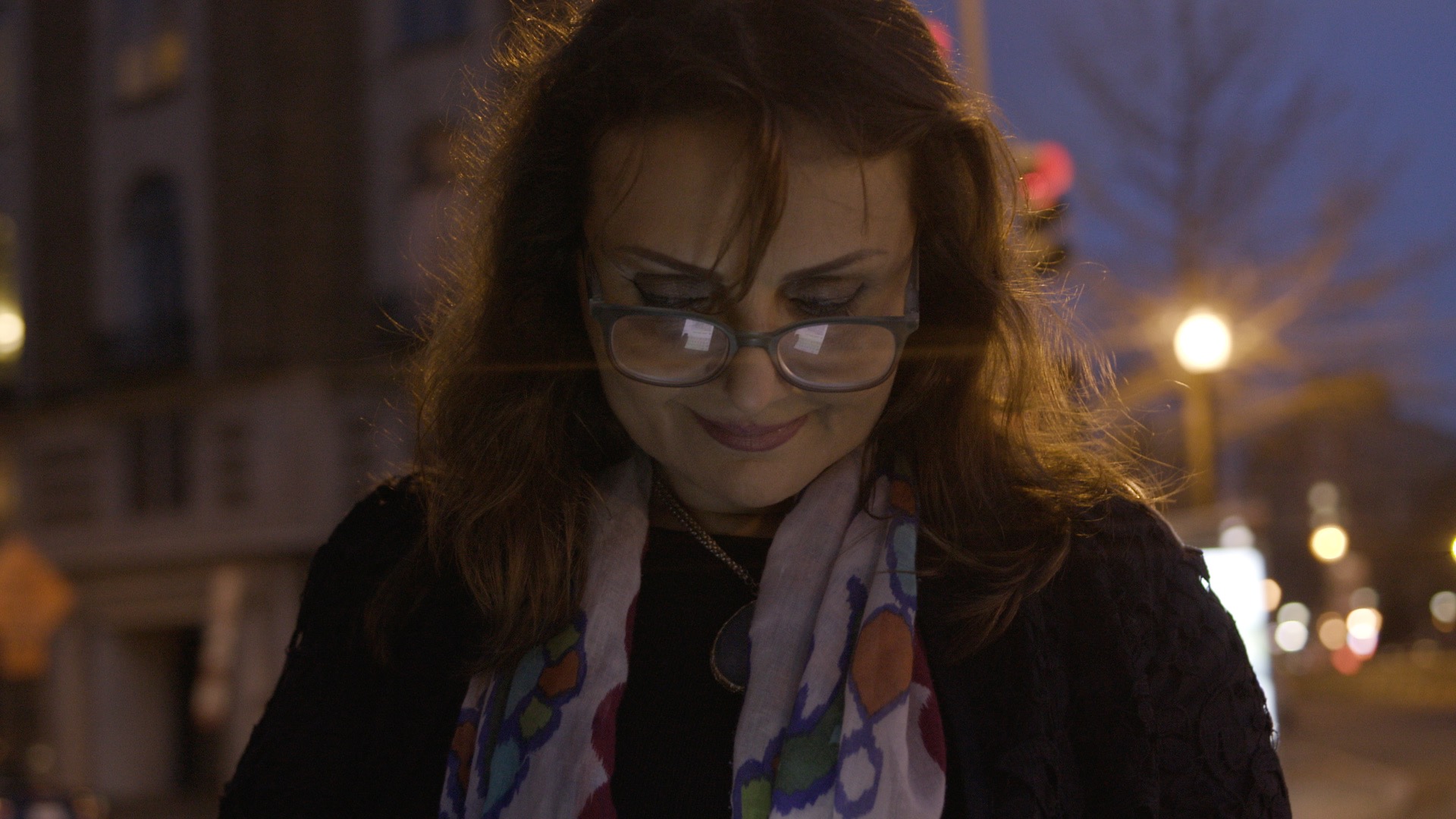
If you want to get any vintage stills lenses modifed for video there are a couple of places to go to. If you are in the US check out the Cinemod from Duclos Lenses. If you are in the UK, go to TLS - True Lens Services for their Cine Shot mod. The cine adaption process is fantastic. Firstly, the iris is de-clicked, giving you smooth iris control. Lens back are added for your camera type. The front of the lens can be modified so you can screw on standard 77mm filters, and easily attach a matte box. Both companies can also add a fixed lens gear for your follow focus.
Despite having great optics, there are a few small issues with the Leica housing in my opinion. Firstly, the lens caps. These can very easily be knocked off and lost. A Cine mod replaces this issue by adding a wider front with an 80mm cap.
The second minor problem is the stranage-sized filter threads. I always put on a screw on UV filter over all of my lenses, mainly just to protect the front element. Also if you aren't using a matte box, you may want to screw on polarisers etc. Leica lenses are not usually the standard 77mm and even if they are, the pitch size is not standard, so you are very unlikely to find a filer or screw on lens hood that fits.
Both Duclos and TLS get around this by attaching their own front to the lens.
This is the Duclos Leica 35 with Cine mod
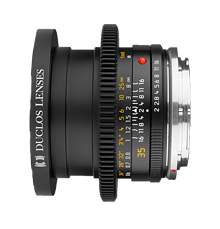
Below is the TLS version of Cine shot
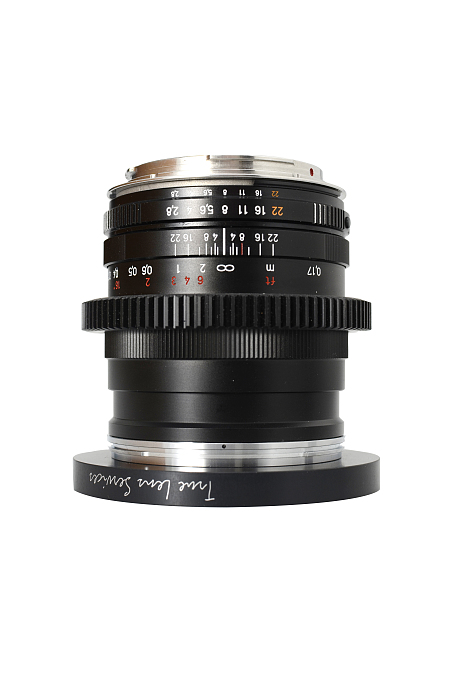
I spoke to Colin at TLS in the UK. Immediately, I was impressed by just how much they can do at TLS. They can modify almost anything you want to the specifications you choose. If the part you want doesn't exist, they make it for you.
Here is my set of Leicas after the mod from TLS. They can also do lens gears for these, but I don't use a follow focus much, so decided against them. From Left to right 50mm, 35mm, 90mm all Summicron.
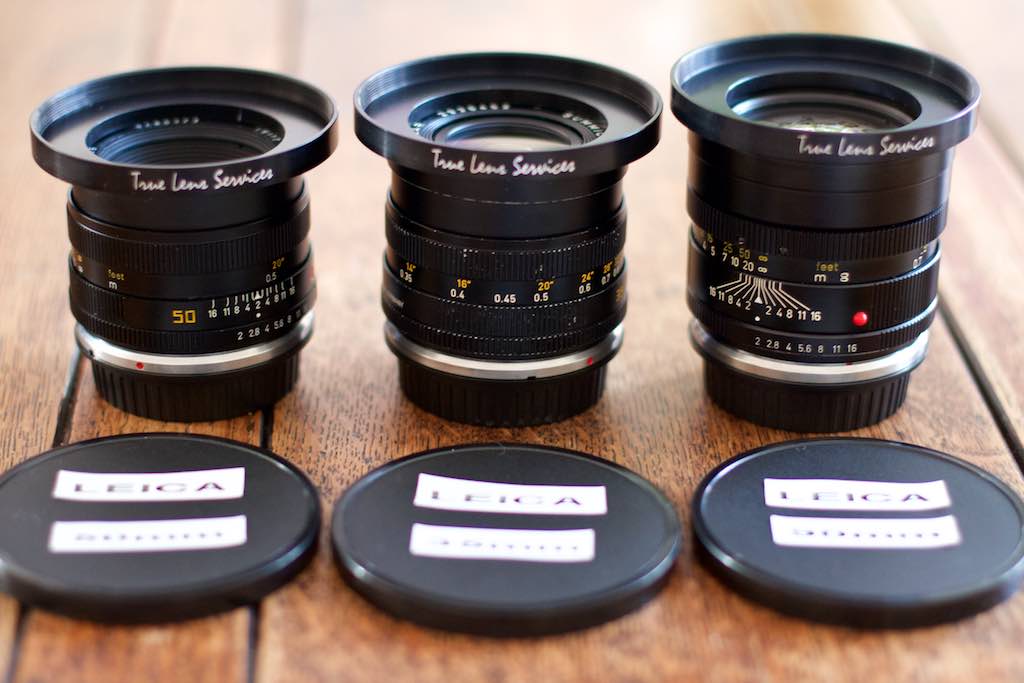
If you are still keen to see more, here are a couple more videos. This first one really shows that softness I have been talking about. Its somehow less contrasty than a lot of modern lenses. I like the slightly muted colour palette too, this is of course something that could primarily be from the grade or the camera picture profile. I have noticed that Leica lense tend to add to this slightly flat look.
I'll finish with this, shot with a Leica Noctilux f0.95 50mm lens on a RED Epic. This was made by Tom Lowe (of Timescape fame)
Here are a few very simple shots with my Leica Summicron 50mm. These are all just texture shots, where I wanted to see how the lens would look in the out of focus areas. I have always enjoyed the buttery soft quality on these lenses.
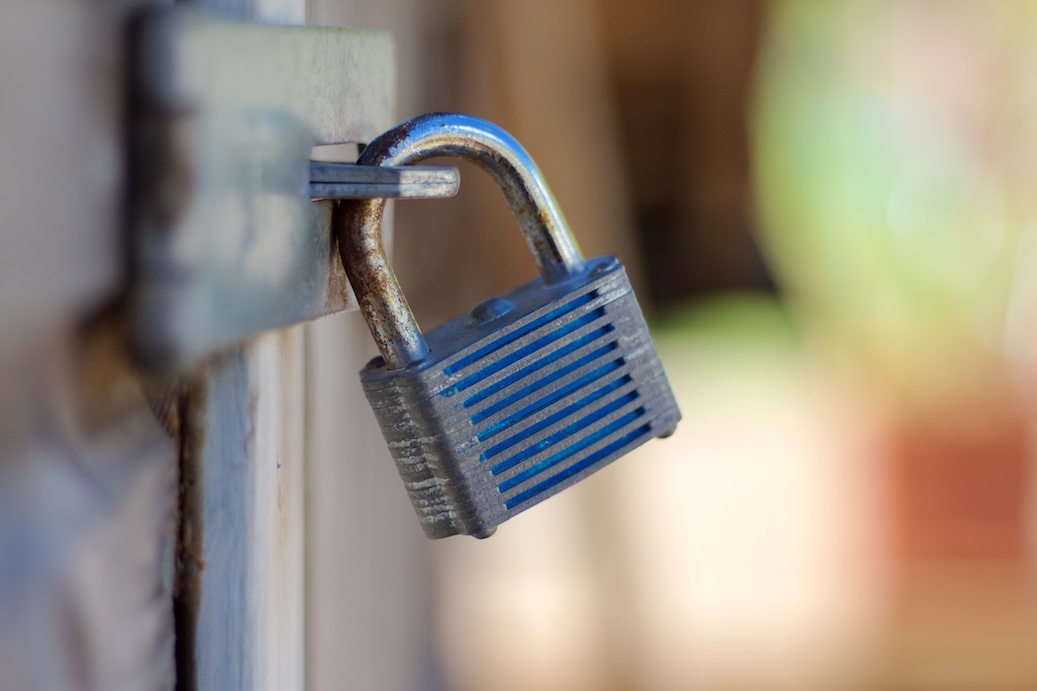

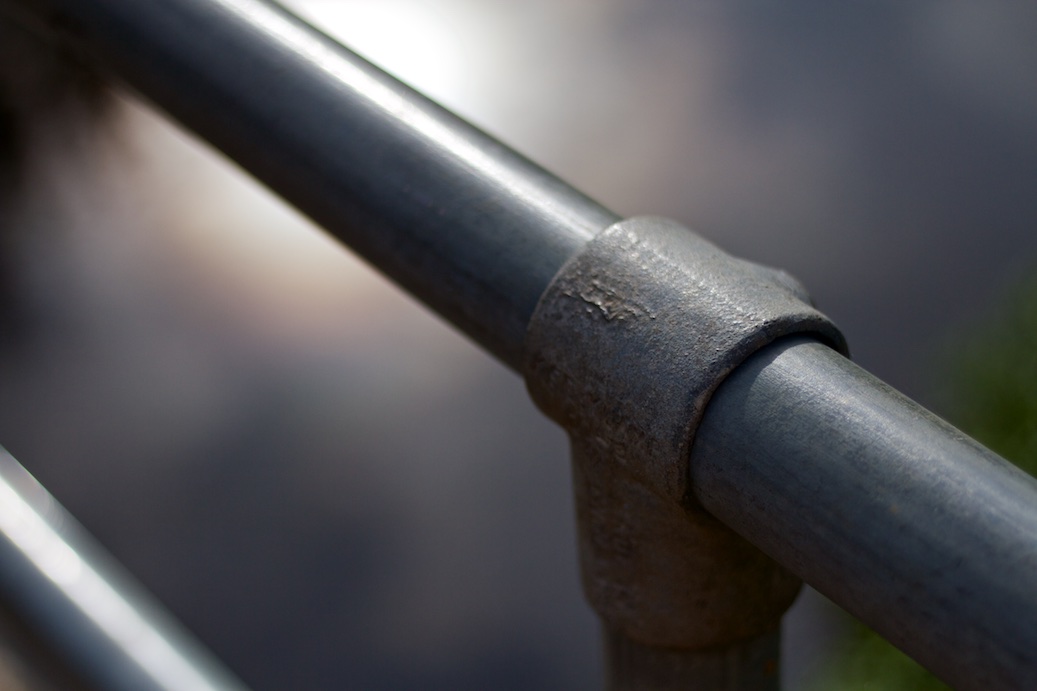
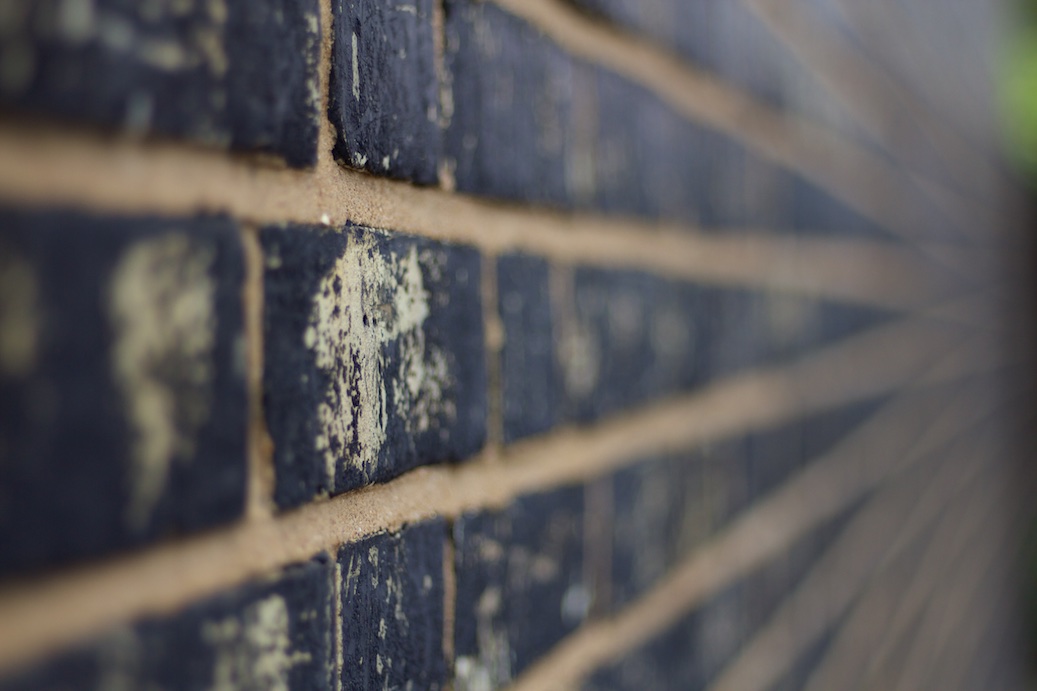
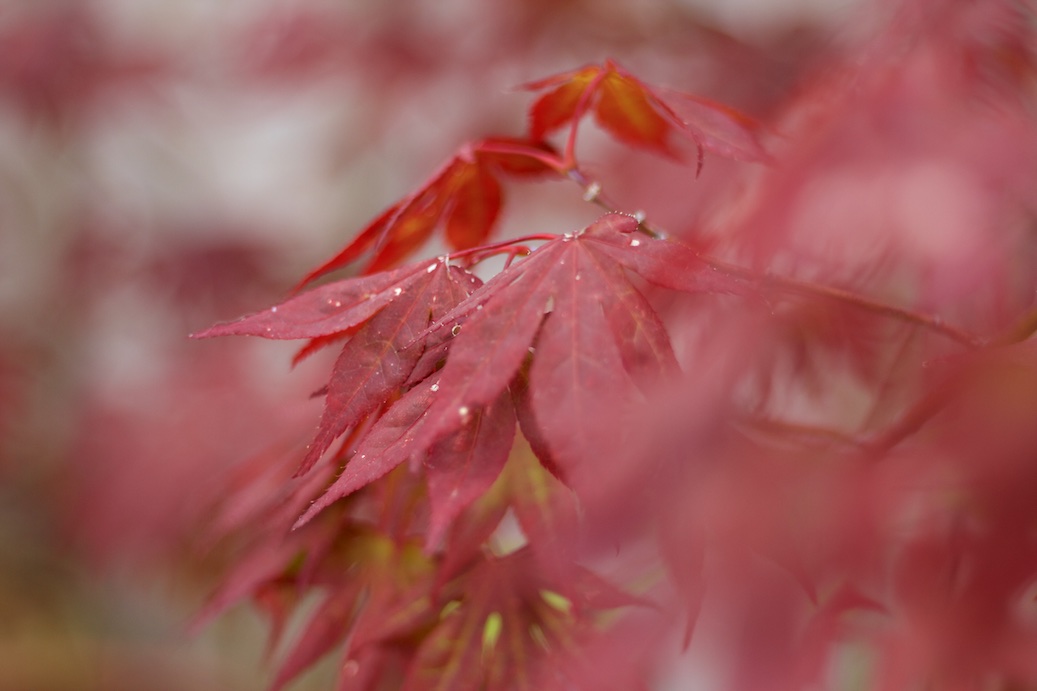
Further reading:
There is a comparison between Ziess Canon and Leica on Shane Hurlbut's blog that is worth taking a look at.
There is also a very in depth comparission from Matthew Dulcos and others over at RED user. This test looks at how still lenses perform: Canon, Leica, Zeiss and Nikon as well as the Tokina 11-16mm that Duclos re house. There is also a couple of Angenieux DPs thrown in there to show the comparision between the cheaper stills glass against 20ks worth of Cine glass.
Also if you are feeling like a long read, check out the Leica R thread over at RED user. There are several people pitching in with experiences with Leica R lenses on RED camaras, together with videos and pictures. It is is a fantastic read for those with the Leica obsession and goes on for over a hundred pages!
